What is RotaTeq (Rotavirus Vaccine, Live, Oral, Pentavalent)?
RotaTeq is an oral vaccine that protects young children from rotavirus—a highly contagious virus that causes severe diarrhea, vomiting, fever, and dehydration. These symptoms can become serious and may even require hospitalization. In some cases, rotavirus infection can be life-threatening, especially in infants.
Unlike traditional vaccines that are given by injection, RotaTeq is given by mouth. It comes in a liquid form and is easy for babies to swallow.
The full course of RotaTeq includes three doses:
- 1st dose: Between 6 to 12 weeks of age
- 2nd dose: 4 to 10 weeks after the first dose
- 3rd dose: 4 to 10 weeks after the second dose, and must be completed by 32 weeks of age
While RotaTeq provides strong protection, no vaccine is 100% effective, and it won’t help if your child is already infected with rotavirus at the time of vaccination. However, completing the full series significantly lowers the risk of severe illness.
Gastroenteritis
- Gastroenteritis : (Gastro + Entero + Itis)
- Characterized by diarrhea, vomiting and fever.
- Infection can range from mild diarrhea to severe diarrhea associated with dehydration
- Management : Maintaining fluid balance is mainstay
- Etiology: Bacterial, Parasitic, Viral, Toxic
- Rotavirus Gastroenteritis : Caused by rotavirus.
Diarrhea & Its Management
- From the Greek word meaning “flowing through”.
- Diarrhea is the passage of 3 or more loose or liquid stools per day, or more frequently than is normal for the individual.
- Usually a symptom of gastrointestinal infection, which can be caused by a variety of bacterial, viral and parasitic organisms.
- Infection is spread through contaminated food or drinking-water, or from person to person as a result of poor hygiene.
- Severe diarrhea leads to fluid loss, and may be life- threatening, particularly in young children and people who are malnourished or have impaired immunity.
Key Facts
- Second leading cause of death in children under five years old. It is both preventable and treatable.
- Kills 1.5 million children every year.
- Globally, there are about two billion cases of diarrheal disease every year.
- Mainly affects children under two years old.
- Leading cause of malnutrition in children under five years old.
- In developing countries, children under three years old experience on average three episodes of diarrhea every year.
What Is Rotavirus Gastroenteritis (RGE)?
- Highly contagious, infecting virtually all children by 5 years of age1,2
- The severity of rotavirus infection ranges from asymptomatic infection to severe dehydrating gastroenteritis, which can be life threatening2
- Symptoms typically include vomiting, fever, abdominal pain, and watery diarrhea, which can persist for 3 to 9 days2
- Multiple infections are common in childhood3
- Rotavirus transmission is predominantly fecal–oral4
Rotavirus Transmission
Fecal–oral transmission
- More than 10 billion particles/mL stool
Physically hardy virus
- Persists for long periods in low-humidity environment2,4
- Relatively resistant to hand soaps and common disinfectants5
- Inactivated by relatively high concentrations of alcohol, chlorine, or iodine
Transmission can occur before the onset of symptoms and can persist after symptoms subside
- In one study (N=37), 30% of children excreted antigen between 25 and 57 days after diarrhea onset9
Note: Fischer TK, et al. Vaccine. 2004;22S:S49–S54. 2. Dormitzer PR. In: Mandell GL, Bennett JE, Dolin R, eds. Mandell, Douglas, and Bennett’s Principles and Practice of Infectious Diseases. 6th ed. New York, NY: Churchill Livingstone; 2004:1902–1913. 3. Bishop RF. Arch Virol. 1996;12(Suppl):119–128. 4. Paul MO, Erinle EA. J Clin Microbiol. 1982;15:212–215. 5. Offit PA, Clark HF. In: Mandell GL, Bennett JE, Dolin R, eds. Mandell, Douglas, and Bennett’s Principles and Practice of Infectious Diseases. 5th ed. New York, NY: Churchill Livingstone; 2000:1696–1703. 6. Ward RL, et al. J Clin Microbiol. 1991;29:1991–1996. 7. Tan JA, Schnagl RD. Med J Aust. 1981;1:19–23. 8. Raebel MA, Ou BS. Pharmacotherapy. 1999;19:1279–1295. 9. Richardson S, Grimwood R, Gorrell E, et al. Lancet. 1998;351:1844–1888.
Rotavirus Pathogenesis
- Virus enters through mouth
- Incubation Period: Approximately 2 – 4 days.
- Infects and replicate mature epithelium of small intestine
- Several pathways may lead to diarrhea:
– Mucosal damage: structural changes in intestinal epithelium
– Decrease absorptive area, reduce enzyme activity
– Enterotoxin NSP4
– Stimulation of intestinal nervous system
Clinical Manifestation
- Vomiting
- Diarrhea
- Fever
- Abdominal distress
Clinical Presentation:
- Onset usually with vomiting and fever (>102°F or >38.9°C), which continues for 2 to 3 days
- Followed by profuse diarrhea (10-20 bowel movements/day) which may last upto 9 days.
- Vomiting occurs more often and continues for a longer duration with rotavirus infection than with gastroenteritis in children due to other pathogens. This makes oral rehydration therapy difficult
- Severe disease occur most commonly in infants and children ~ 6 to 24 months of age.
- In infants, the rotavirus diarrhea lasts 2 – 3 days longer than in non rotaviral diarrhea
Diagnosis/Lab tests for Rotavirus
- In clinical practice, laboratory testing for rotavirus is not frequently performed.
- Making a specific diagnosis is not necessary for the prevention and management of dehydration.
- However, a number of diagnostic tools are available for identifying rotavirus infection, varying in specificity, sensitivity, cost, and availability in routine clinical practice e.g.
- Antigen detection (Electron microscopy, immune based assays, rapid tests), RT PCR, Cell culture, Nucleic acid detection, Serologic Assays.
Management
- Dehydration: Primary cause of morbidity and mortality
- Principal Goals of management include:
Rehydration – Replacing fluid orally by ORS OR parenterally if severe dehydration or in shock.
- Correction of electrolyte imbalance. Early refeeding: After rehydration, early refeeding with age appropriate food (e.g. breast milk, formula feeds, rice, cereal, bread, fruits and vegetables) Promotes regeneration of enterocytes.

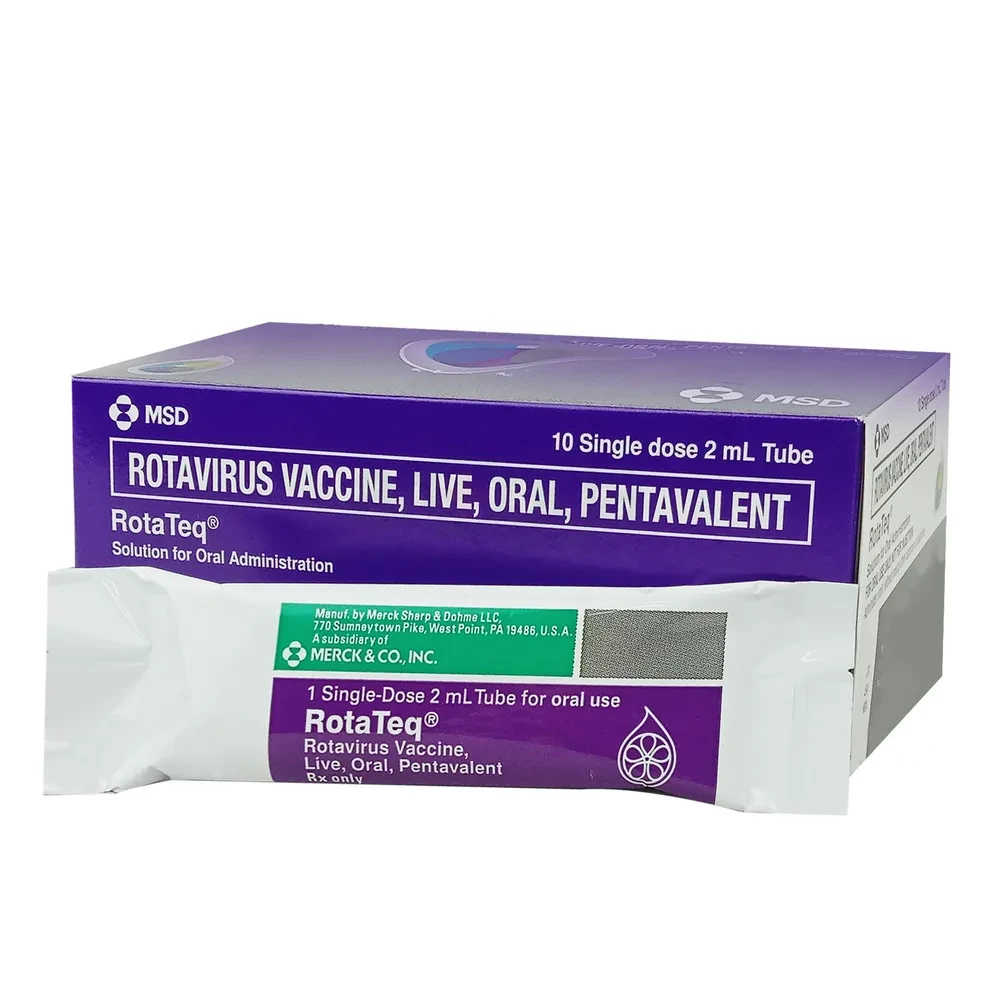
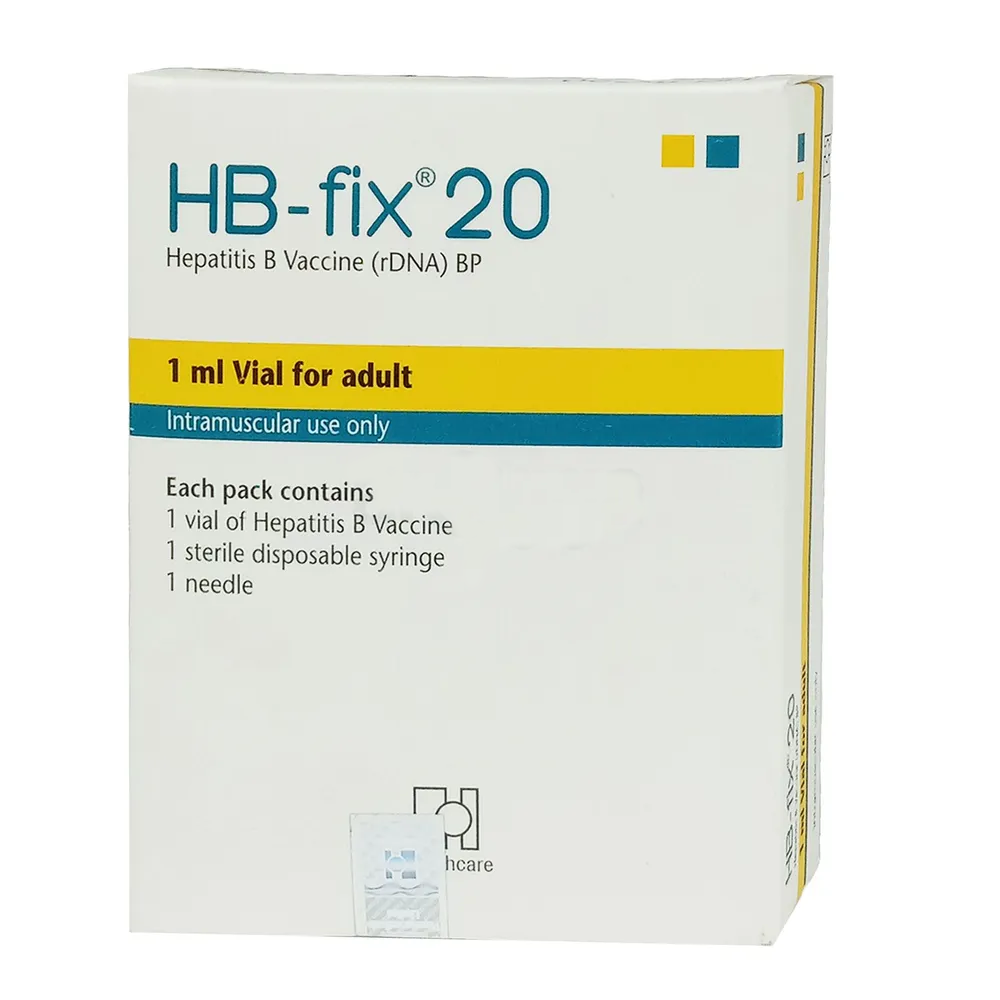
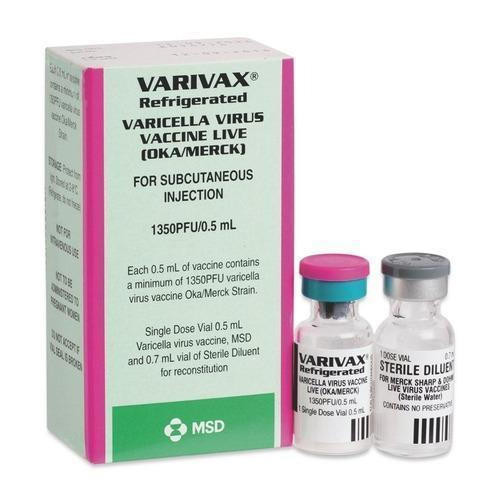
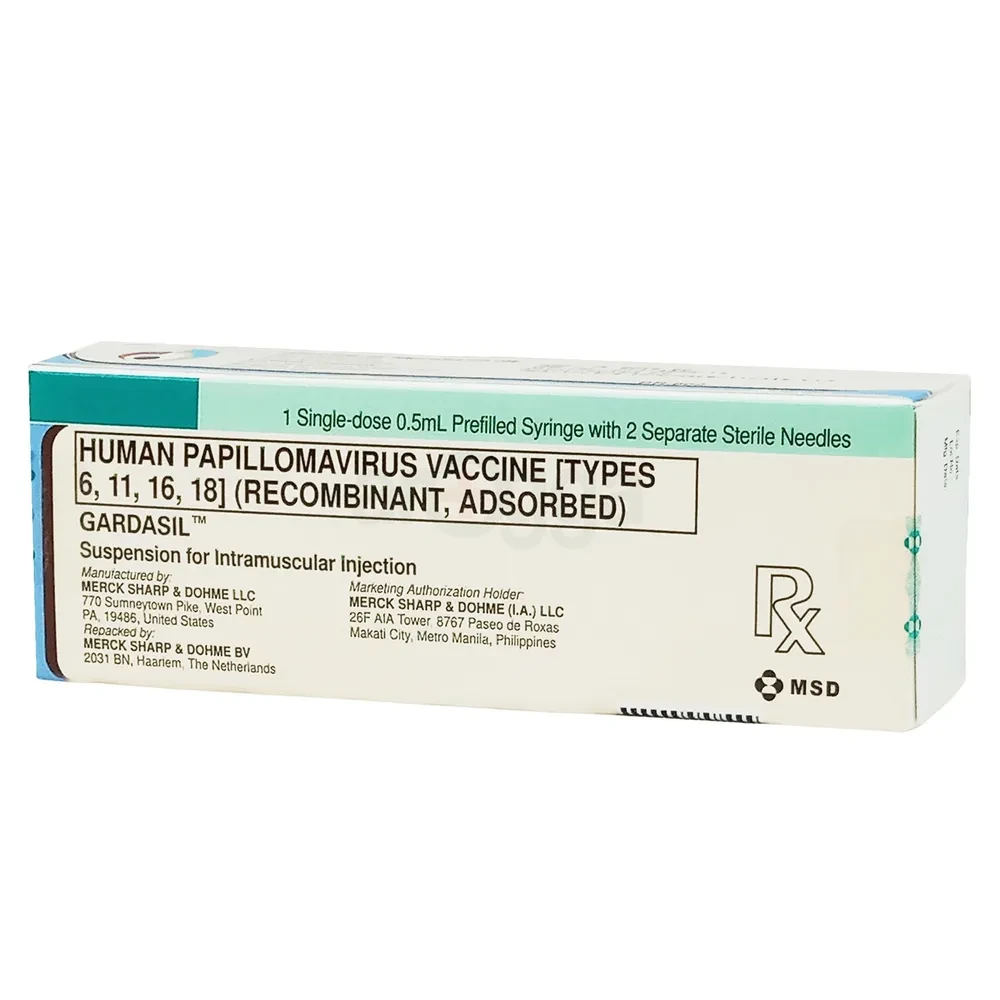
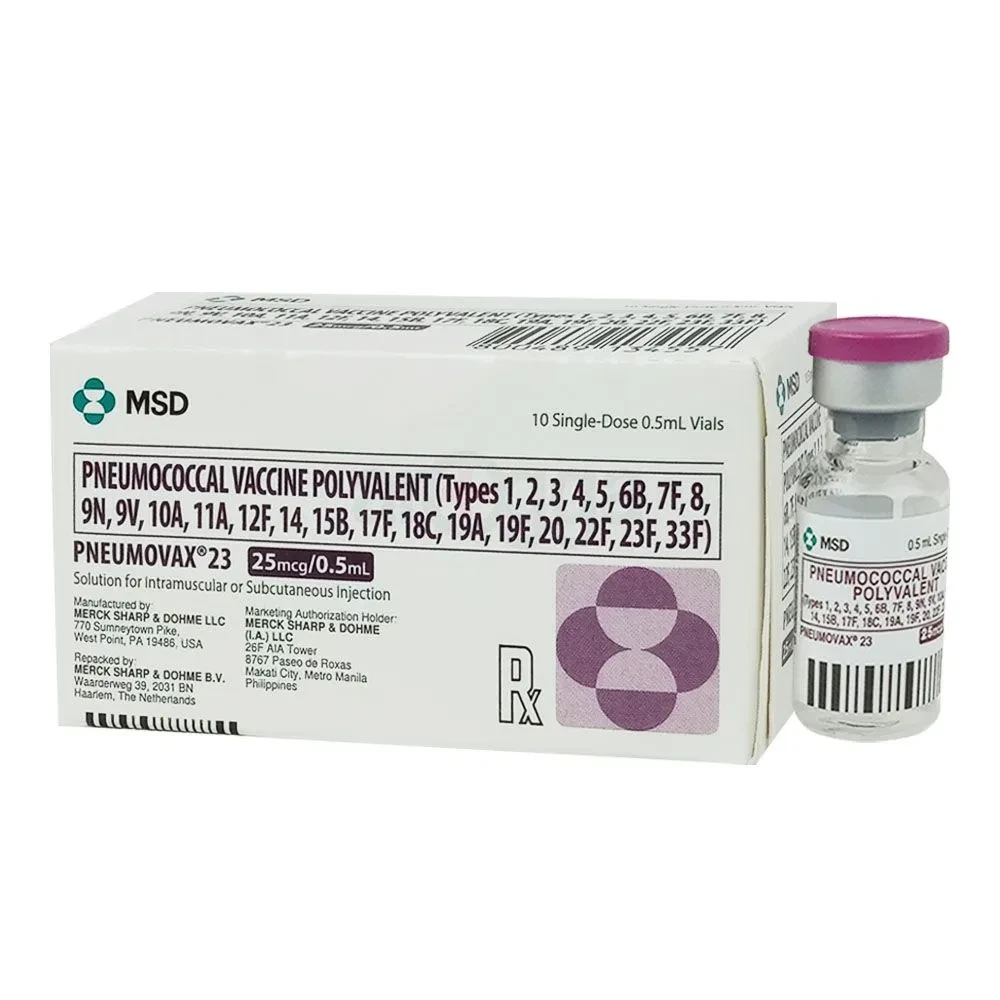
Reviews
There are no reviews yet.